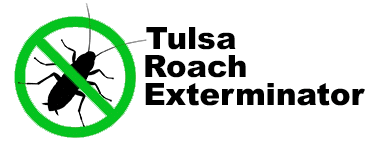The reproduction rate of German roaches can be influenced by various factors, and it’s important to understand their biology and habitat preferences to effectively address and control infestations. German roaches (Blattella germanica) are notorious for their rapid reproduction, and several factors contribute to their prolific breeding:
High Fertility Rates:
German roaches have a high reproductive potential. A single female can produce multiple egg cases (oothecae) throughout her lifespan, and each ootheca can contain numerous eggs. This allows for a quick increase in population if conditions are favorable.
Short Reproductive Cycle:
German roaches have a relatively short reproductive cycle. The development from egg to adult can take as little as a few weeks under optimal conditions. This rapid life cycle allows for multiple generations to be produced within a year.
Adaptability:
German roaches are highly adaptable to a variety of environments. They thrive in warm and humid conditions, but they can also endure colder temperatures for short periods. Their ability to adapt to different environments contributes to their widespread presence.
Survival Instincts:
German roaches exhibit strong survival instincts. They are nocturnal and tend to hide in cracks, crevices, and other sheltered areas during the day. This behavior helps protect them from predators and adverse conditions, allowing them to survive and reproduce effectively.
Resilience to Insecticides:
Over time, German roaches have developed some resistance to certain insecticides. This resilience can make it challenging to control their population using conventional chemical treatments alone.
Access to Food Sources:
German roaches are opportunistic feeders and can thrive in environments with easily accessible food sources. Crumbs, food residues, and even pet food can sustain a population. Proper sanitation and food storage practices are crucial for roach control.
Hidden Breeding Sites:
German roaches often choose concealed and inaccessible areas for breeding. This makes it difficult to locate and eliminate their egg cases. Common hiding spots include behind appliances, in cabinets, and within wall voids.
Human Activities:
Human activities, such as the movement of infested items or the introduction of roaches through packages or bags, can contribute to the spread of German roaches. They can hitch a ride on various items and infest new areas quickly.
To effectively control and prevent German roach infestations, a comprehensive approach is necessary. This includes a combination of proper sanitation, sealing entry points, targeted insecticide applications, and, in some cases, the assistance of pest control professionals. Regular monitoring and prompt action are crucial to prevent the rapid reproduction of German roaches in indoor environments.
